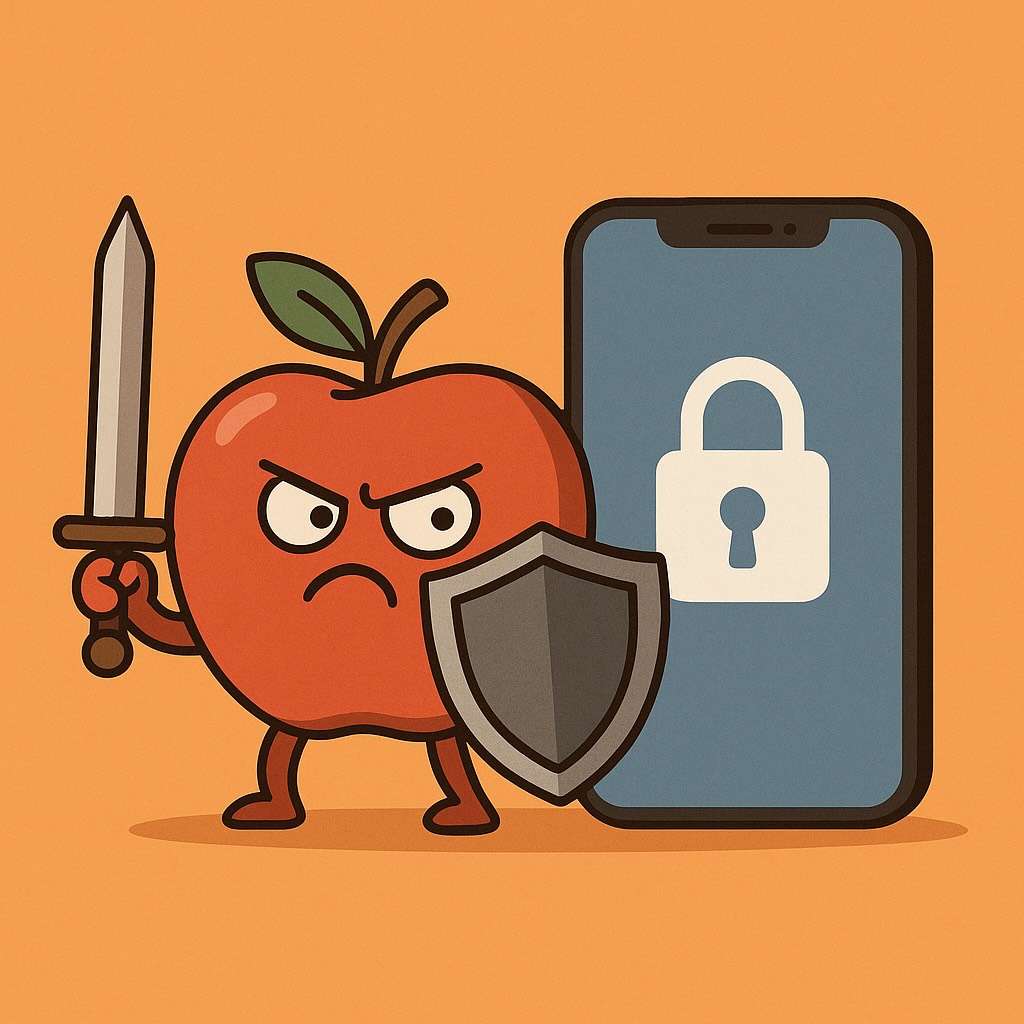“I thought I had nothing worth stealing… until my phone buzzed at midnight.”
That’s what Nora told me the morning after someone tried (unsuccessfully) to access her Apple ID from halfway across the world.
Nora recently traded her old flip phone for an iPhone to stay in better touch with her family. She didn’t think she had anything “important” on her phone—just a few texts, some photos of her garden, and the usual string of funny cat videos. But that midnight buzz was a wake-up call: your digital life is worth protecting, no matter how “simple” you think it is.
If you’ve ever felt unsure about iPhone security—whether you’ve done “enough” or wouldn’t even know where to start—this post is for you. Let’s walk through some basic, beginner-friendly settings that can help you feel more confident and secure. No alarm bells. No tech jargon. Just calm, clear guidance.
Step-by-Step: The Essential iPhone Security Settings
You don’t need to memorize a manual to keep your phone safe. Apple has already built many security features into the iPhone—your job is just to turn them on and understand what they do.
1. Set a Strong Passcode (and Avoid 1234!)
A passcode is your phone’s front door lock.
Go to: Settings → Face ID & Passcode (or Touch ID & Passcode)
- Choose a six-digit code (or even better, a custom alphanumeric one)
- Avoid birthdays or obvious numbers
- Don’t share it casually (even with helpful-sounding strangers)
If you use Face ID or Touch ID, even better—it’s faster and safer.
Tip: You can still use Face ID and require a passcode after restart or after a few failed scans. It’s an extra layer.
2. Enable Two-Factor Authentication (2FA)
Think of this like a double lock on your digital front door.
Go to: Settings → Your Name (top of the screen) → Password & Security → Two-Factor Authentication
When it’s on, anyone trying to access your Apple account will need a code sent to your device, even if they somehow guess your password. This alone blocks most hacking attempts.
3. Limit What’s Accessible When Locked
Even if someone picks up your phone, they shouldn’t be able to see much.
Go to: Settings → Face ID & Passcode → Allow Access When Locked
Turn off everything you don’t need quick access to—like:
- Reply with Message
- Wallet
- Control Center (if you’re concerned about toggles like Airplane Mode)
You can keep access to the flashlight—because that’s never a security risk, just helpful in dark restaurants.
4. Review App Permissions
Ever downloaded a flashlight app that asked to access your microphone? That’s a red flag.
Go to: Settings → Privacy & Security
Click through options like Location Services, Microphone, or Photos to see what each app is allowed to do. If something seems off (“Why does this calculator need my photos?”), simply turn it off.
5. Auto-Update iOS for the Latest Protections
Apple frequently releases small updates that fix security gaps before bad actors can take advantage of them.
Go to: Settings → General → Software Update → Automatic Updates
Turn on Download iOS Updates and Install iOS Updates.
Don’t worry: these updates won’t turn your phone upside down overnight. Most happen quietly while you sleep.
Nora’s Story: From Nervous to Empowered
Back to Nora. After that midnight scare, she called me in a panic. She was worried someone was “in her phone,” and asked if she should just throw it away.
Instead, we spent twenty minutes together:
- We turned on two-factor authentication.
- We adjusted her lock screen access.
- We even removed an old game app that had a suspicious number of permissions.
By the end of our call, Nora said something I’ll never forget:
“I didn’t think I could handle this, but you made it feel… peaceful.”
That’s the goal here—not to scare you into changing settings, but to guide you through them gently so you can feel secure and in control.
Key Takeaways
- Your iPhone is safer than you think—especially when you take 5–10 minutes to adjust your settings.
- Start with the basics: Passcode, Two-Factor Authentication, Lock Screen settings.
- Trust your gut: If something feels unnecessary (like an app asking for too much access), turn it off.
Want More Gentle Guidance?
If this article helped you feel a bit more in control, you’ll find even more step-by-step help in Learning iPhone for Absolute Beginners – 2025 edition. It’s written with care for people like Nora (and maybe like you)—those who want to use their iPhones confidently, safely, and without feeling lost in technical lingo.
From making FaceTime calls to organizing your photos to avoiding common scams, the book walks you through it all—with real-world examples, calm explanations, and zero pressure.
Your iPhone can be a tool for joy and connection. Let’s make sure it’s a safe one, too.

